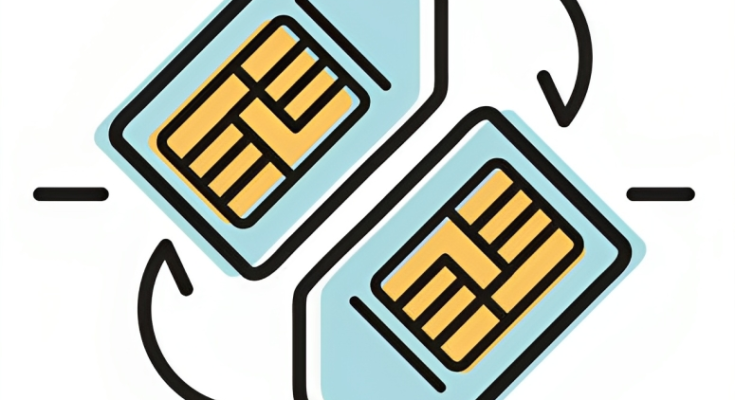In an era where our smartphones are central to our daily lives, ensuring the security of our digital identity is paramount. SIM card swapping, a rising threat in the land of cybercrime, poses a significant risk to the privacy and integrity of our personal information. This article aims to be your guardian against this threat, providing you with essential insights and practical tips on preventing SIM card swapping and stimulating the walls around your digital castle.
Understanding SIM Card Swapping: A Sneaky Threat
SIM card swapping, also known as SIM hijacking, is a cunning method cybercriminals employ to seize control of your mobile phone number. Once they have access to your number, the potential for identity theft, financial fraud, and unauthorized access to sensitive accounts becomes a looming reality. Let’s dig into the tactics these attackers employ and unravel the complexities of this digital threat.
The Tactics Deployed: How SIM Card Swapping Happens
1. Gathering Personal Information: Attackers kickstart their tricky plans by collecting personal information about their targets. This can range from the basics like name and address to more complicated details. Whether through phishing emails, social engineering, or purchasing stolen data, the aim is to amass enough information to pose convincingly as the legitimate account owner.
2. Impersonating the Account Owner: Armed with the acquired information, attackers contact the victim’s mobile carrier, donning the guise of the account owner. This is where social engineering skills come into play, as the attacker attempts to persuade the carrier’s customer support to issue a new SIM card. The end goal is to convince them that the attacker is the legitimate account holder.
3. Authentication Hurdles: Mobile carriers have authentication processes in place to ensure the security of their services. However, determined attackers often possess enough information to navigate these hurdles. This may involve providing details like the victim’s Social Security number, home address, or answers to security questions. Once authenticated, the attacker is one step closer to hijacking the SIM card.
4. Activating the New SIM Card: Upon successful authentication, the attacker activates the new SIM card, rendering the victim’s legitimate card useless. Now in control of the victim’s phone number, the attacker gains access to calls, text messages, and potentially, a gateway to the victim’s digital life.
5. Exploiting Two-Factor Authentication: With the victim’s phone number under their control, attackers can intercept two-factor authentication (2FA) codes sent via SMS. This opens the door to unauthorized access to various accounts linked to the victim, leading to potential financial and identity-related consequences.
How to Prevent SIM Card Swapping?
1. Strengthen Passwords and PINs: The foundation of your digital security lies in robust passwords and Personal Identification Numbers (PINs). Choose unique combinations that blend letters, numbers, and symbols. Avoid easily guessable information like birthdays or common words. A strong password acts as the first line of defense.
2. Enable Two-Factor Authentication (2FA): Embrace two-factor authentication using methods beyond SMS. Authenticator apps provide a more secure alternative. By diversifying your authentication methods, you add an extra layer of protection to your accounts, making them less susceptible to SIM card swapping.
3. Contact Your Mobile Carrier: Initiate a conversation with your mobile carrier about additional security measures. Many carriers offer the option to set up a Personal Identification Number (PIN) or passcode, acting as an additional barrier against unauthorized SIM card changes. Explore these options to fortify your account.
4. Monitor Your Accounts Regularly: Vigilance is key. Regularly monitor your accounts for any unusual activities. If you notice unexpected calls, texts, or changes in account settings, investigate promptly. Early detection can mitigate potential damages caused by a SIM card swap.
Educating Your Circle: The Power of Awareness
Empower your employees, friends and family with the knowledge to protect themselves. Educate them about the risks of SIM card swapping and the preventive measures outlined in this guide. The more people are aware of this threat, the stronger our collective defense against cyber threats becomes.
Conclusion: Taking Charge of Your Digital Security
In a world where connectivity is king, safeguarding your digital identity is non-negotiable. SIM card swapping may be a stealthy threat, but armed with knowledge and proactive measures, you can stand guard against it. Strengthen your digital castle, educate those around you, and let awareness be your strongest shield in the ever-evolving landscape of digital security.




